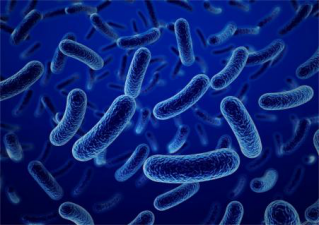Millet cultivation techniques
Millet is warm, adaptable, resistant to drought, barren, and not afraid of acid and alkali. It has been planted in the dry and barren mountainous regions of China.
Planting points:
1 It is not appropriate to repeat the disease. Even if the disease is serious and there are many weeds, it must be a reasonable rotation. 2 The spring will be used to make hoe, shallow plough, and suppress the smashing work to ensure that the millet germinates and emerges. 3 Basal fertilizer is applied in combination with farmland once before sowing. The main fertilizer is farmyard fertilizer. The amount of fertilizer per mu is 5000-7000 kg for high-yielding fields and 1500-4000 kg for middle-yield fields. Mixing phosphate fertilizer with farmyard fertilizer makes the base fertilizer most effective. it is good. 4 Sowing before sowing, soaking, seed dressing and seed coating to prevent smut and underground pests. 5 Spring Valley is generally suitable for planting from early May to early June. Most of them use sulphate sowing. The sowing amount is generally 0.5 kg per mu and the seeding depth is 3-5 cm. 6 Seedlings were replanted with 2-3 leaves after seedling emergence, seedlings were seedlings with 5-6 leaves, and 2.0-3.5 million seedlings were planted per acre. 7 In the first cultivating period, the seedlings were planted, shallowly smashed and finely chopped to remove weeds. The second cultivator was combined with topdressing at the jointing stage, and the cultivator was deep enough to cultivate the soil. The third cultivator is carried out before the closure of the row, and the cultivator depth is generally 4-5 cm. In addition to weeding and weeding, high earthworms are also used to promote root development and prevent lodging. 8 The best harvest is at the end of ripe or ripening. Harvested premature kernels are not full of high water content, yield and quality decline; harvesting is too late, stems are dry, and spikes are severely damaged.
The currently widely cultivated varieties in Beijing are: Migu 2000, Jingu 2401, Jingu 21, Green Millet, Black Millet, and Hybrid Millet.
All water based products have plenty of nutrients and water to support microbe growth under favorable conditions. Microbes invade water based products from multi-point sources, such as contaminated raw materials, poor plant hygiene, untreated water, and not properly preserved recycling materials. While adding in-can preservatives into the products should not excuse a factory from Good Manufacturing Hygiene Practices (GMHP), proper use of in-can preservatives coupled with GMHP can dramatically minimize the chance of microbial tolerance development, and assure unspoiled products to customers.
Biocides formulators often use several types of in-can preservatives as active ingredients in their biocidal products for various industrial water based products. One of these active ingredients is benzisothiazolone (BIT). It has several distinct performance advantages, including good stability at high pH, good stability in the presence of reducing agents, and broad spectrum of activities against many microbes.Sunshine Biotech supplies to all industrial biocides formulators with high quality BIT technical ingredients. Besides of BIT, we also provide its derivative, like BBIT, MBIT etc.


Biocide Technical Ingredients
Biocide Technical Ingredients,Biocide Formula,Biocide Ingredients,Biocide Liquid
Nanjing Sunshine Biotech Co., Ltd , https://www.sunshine-bio.com